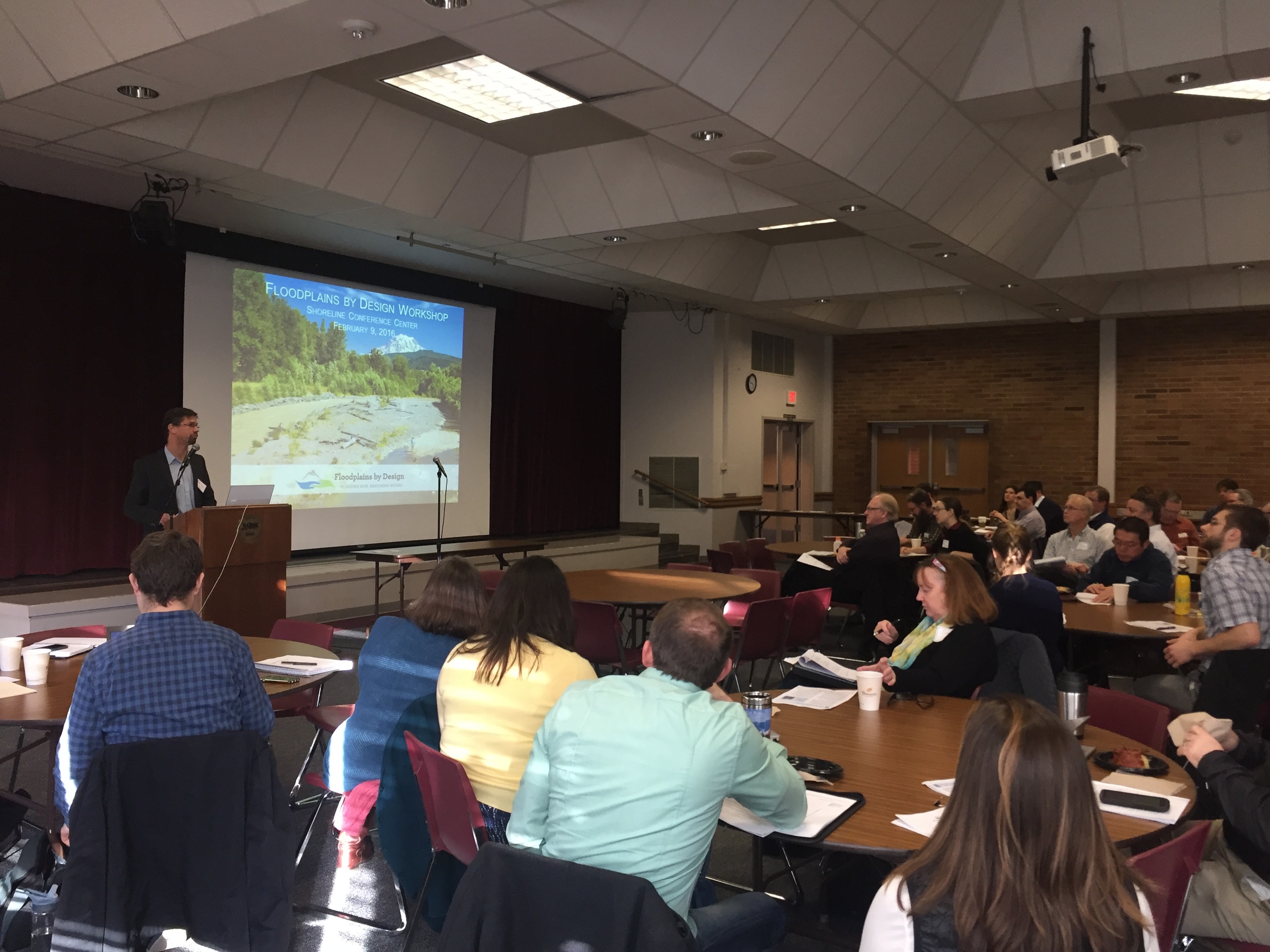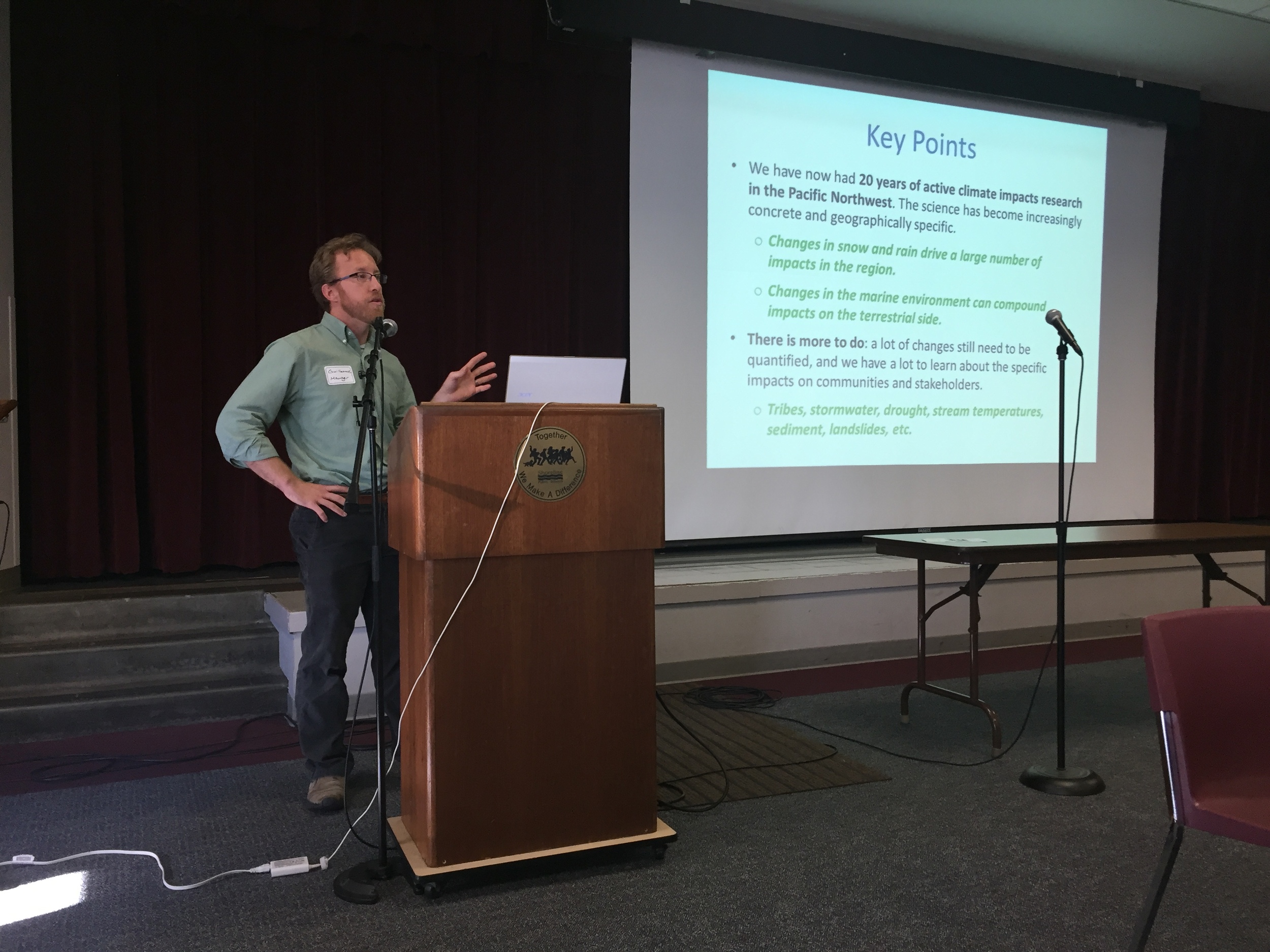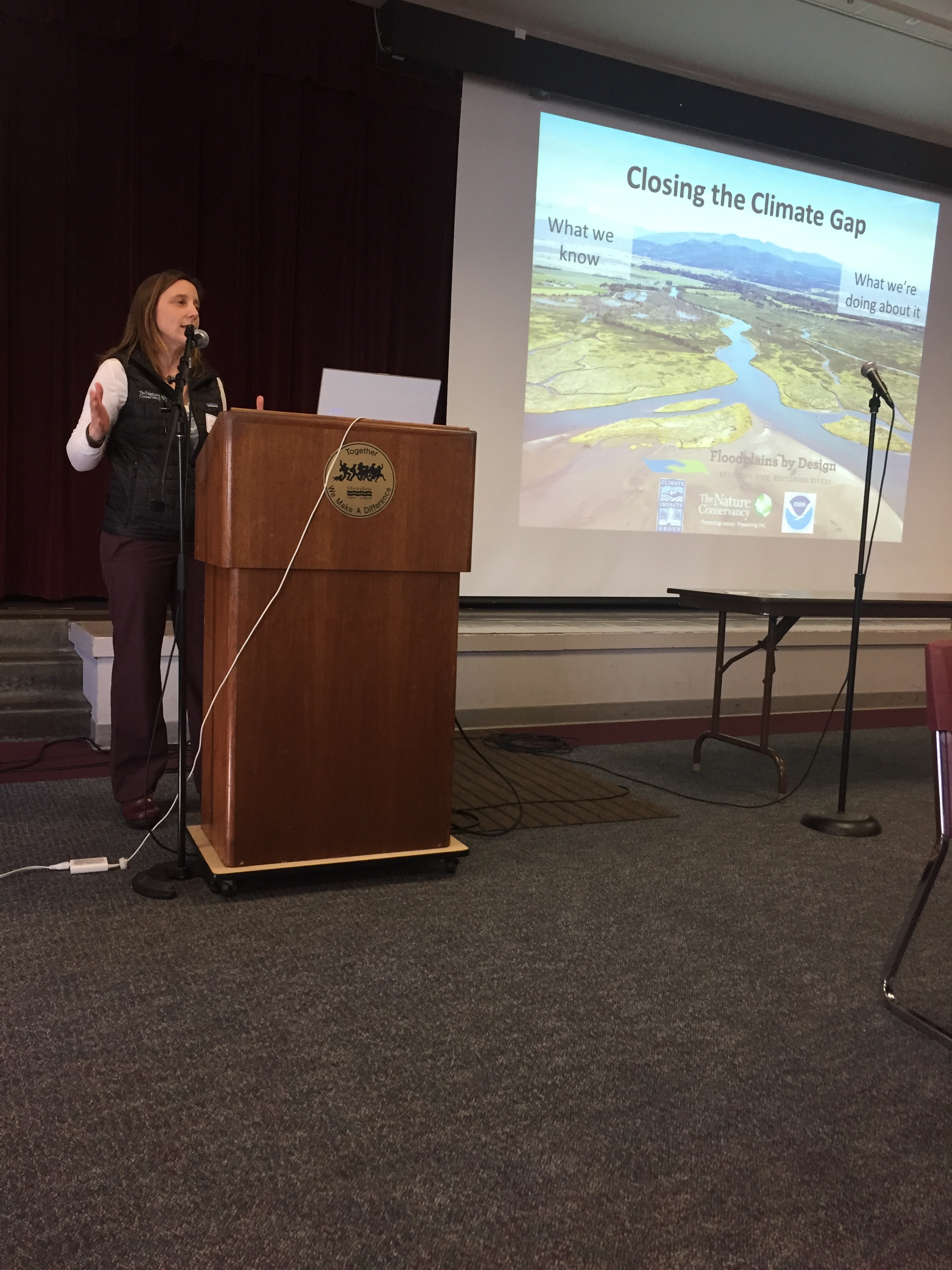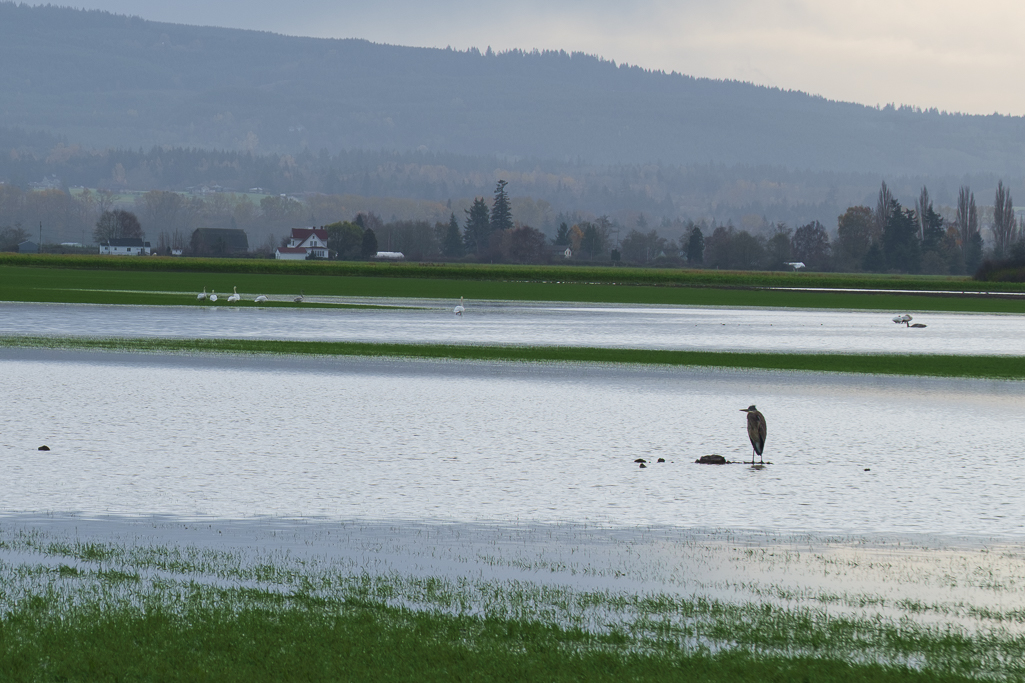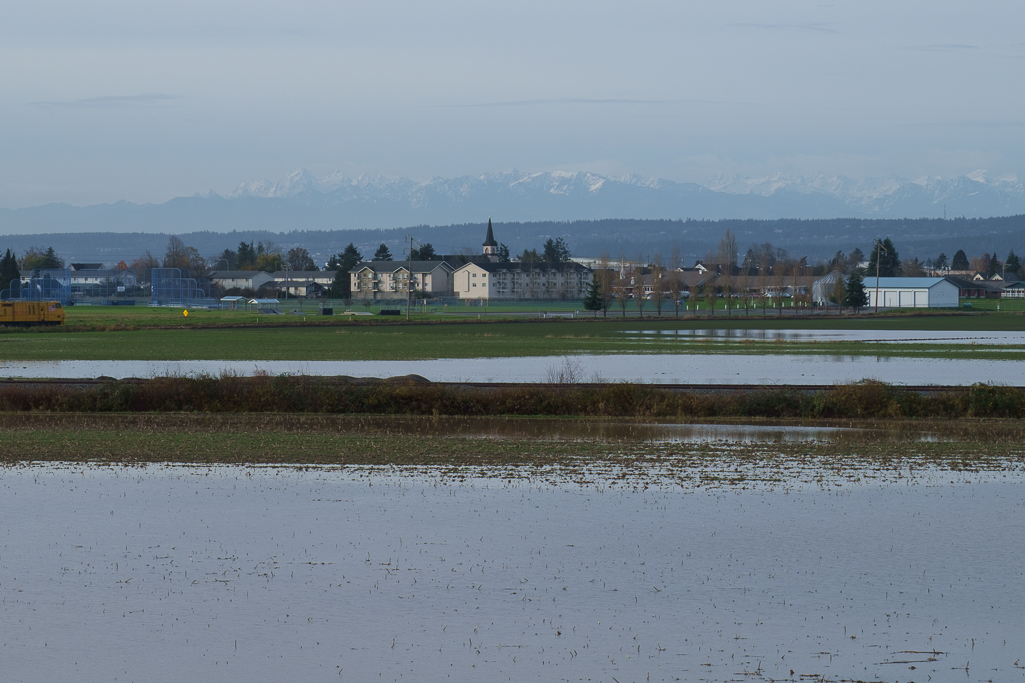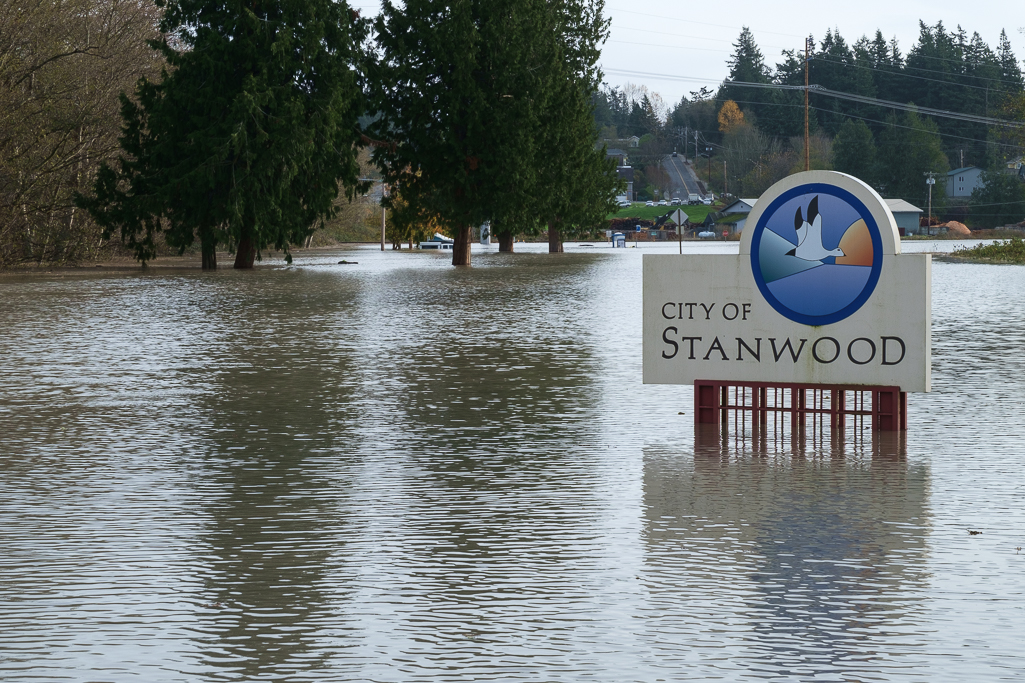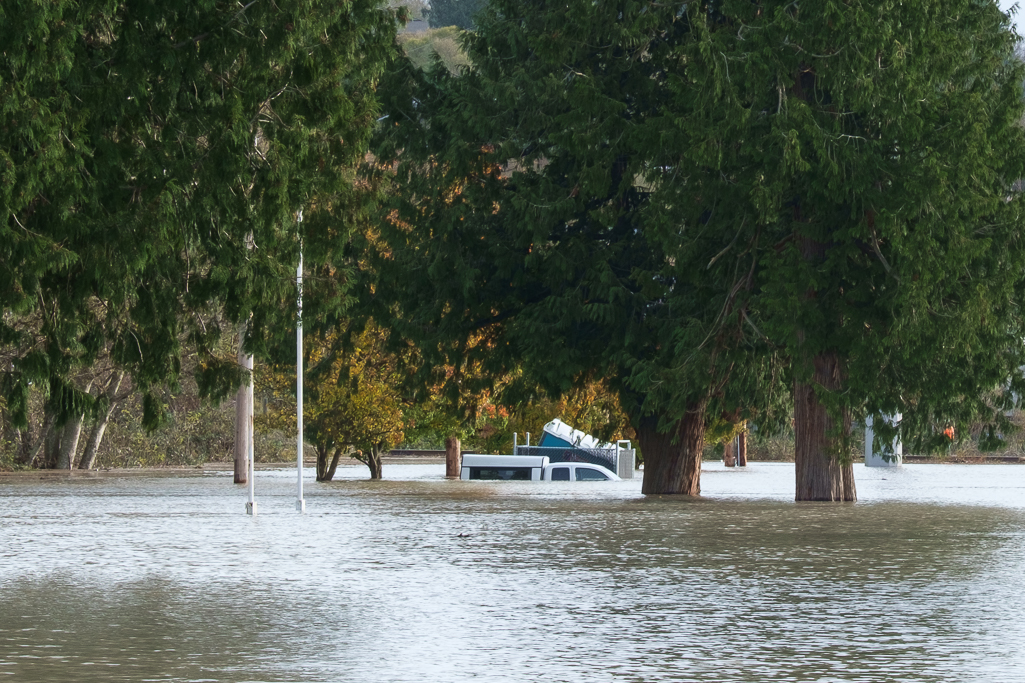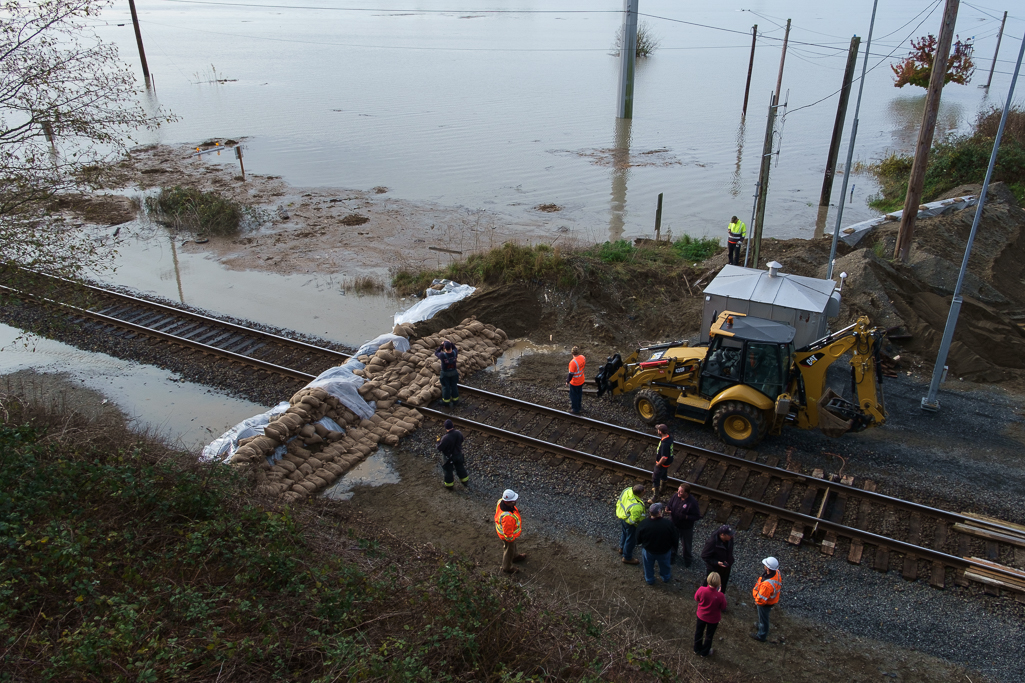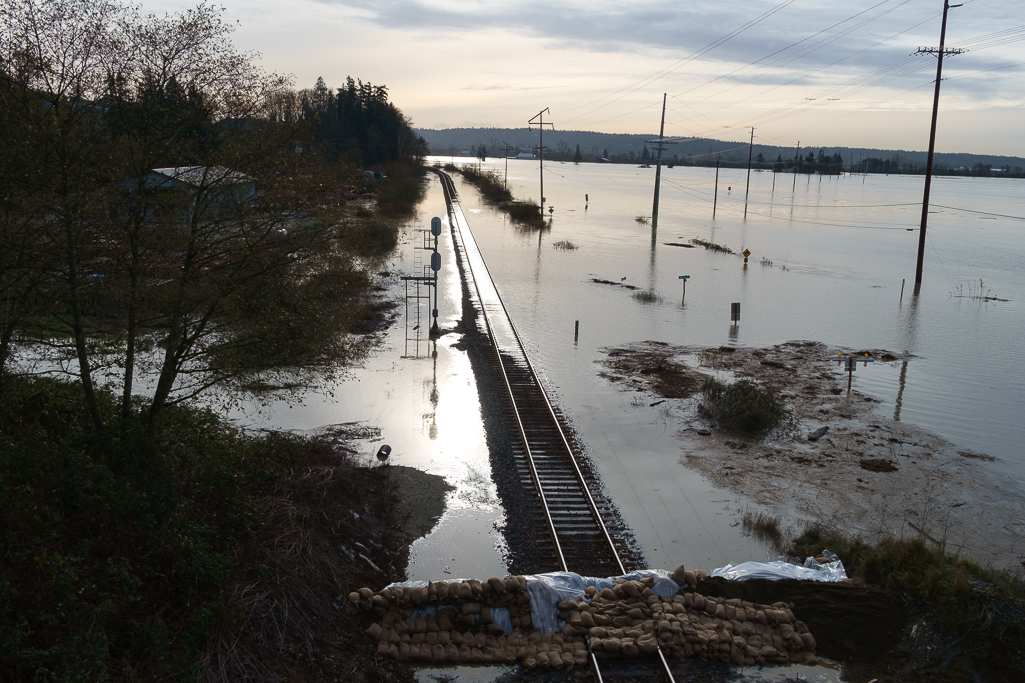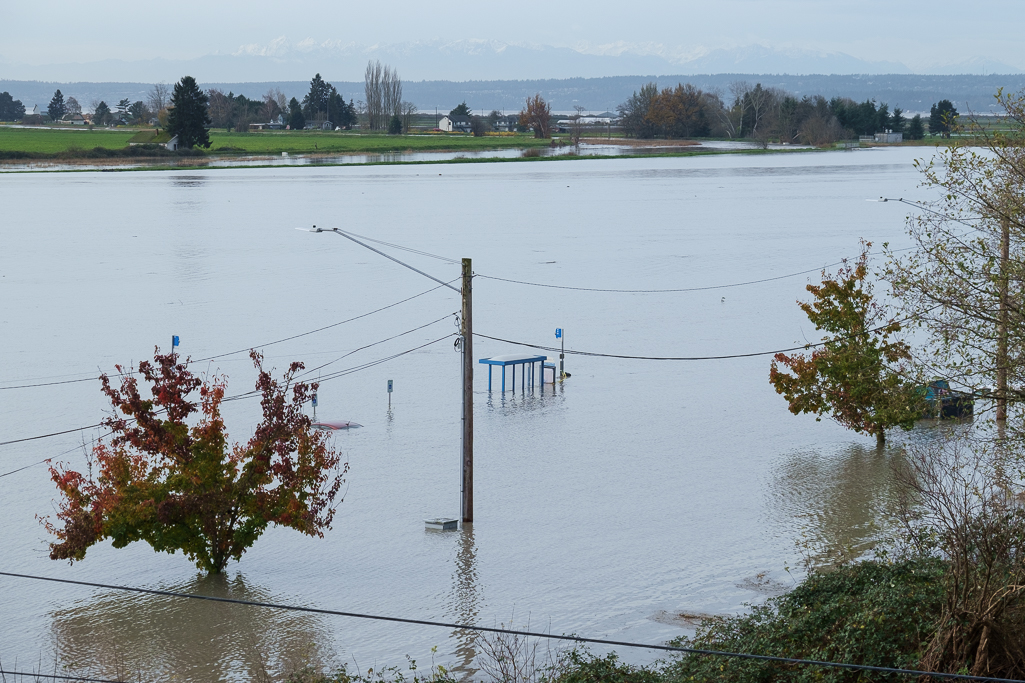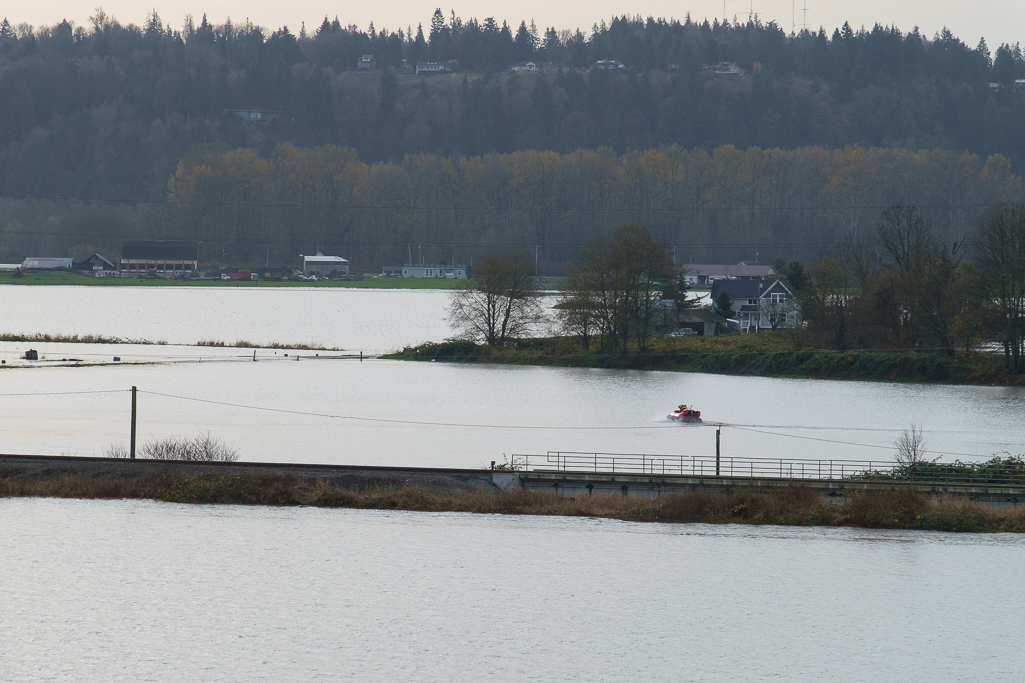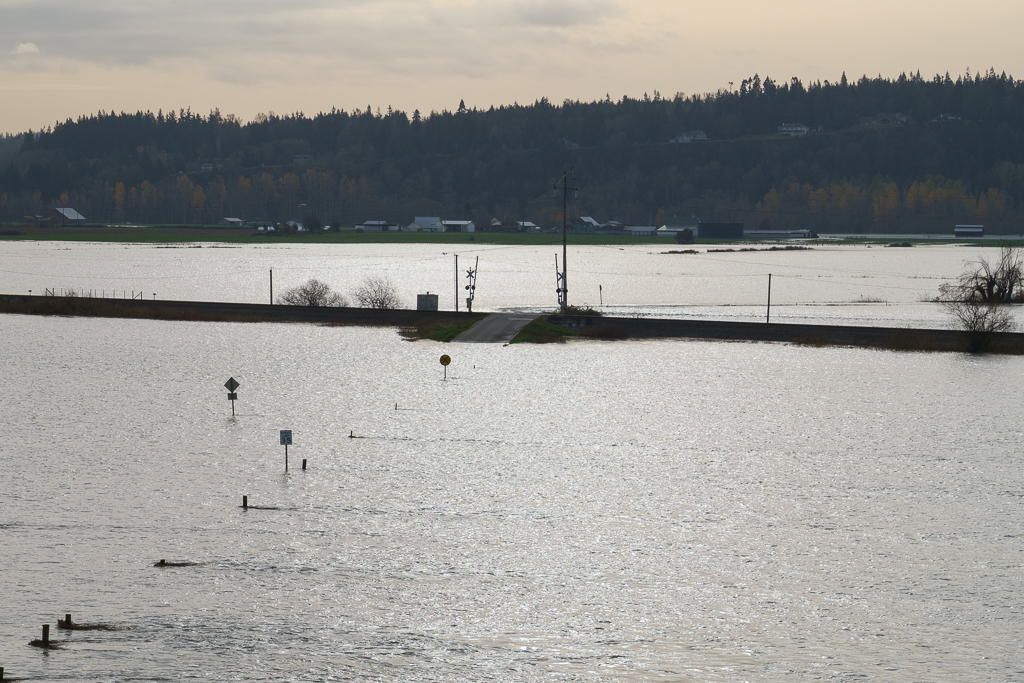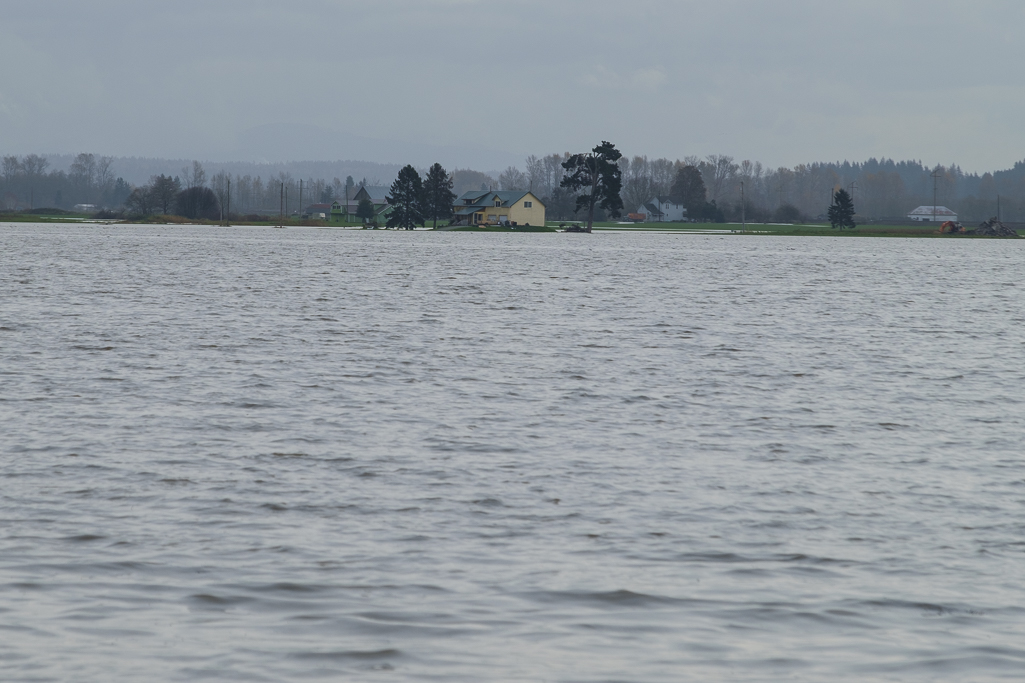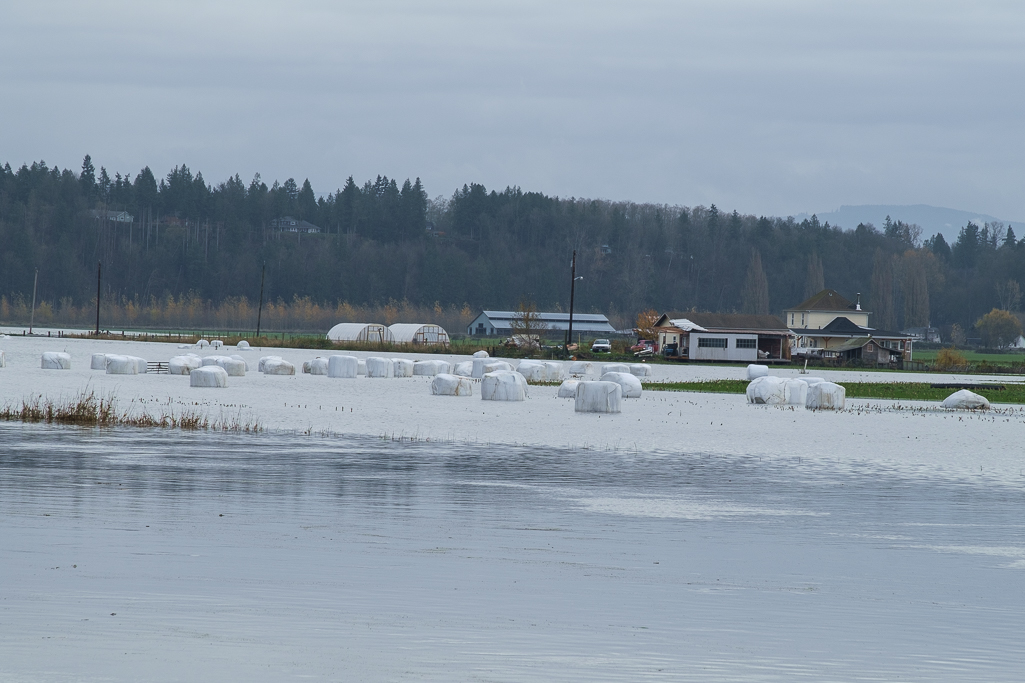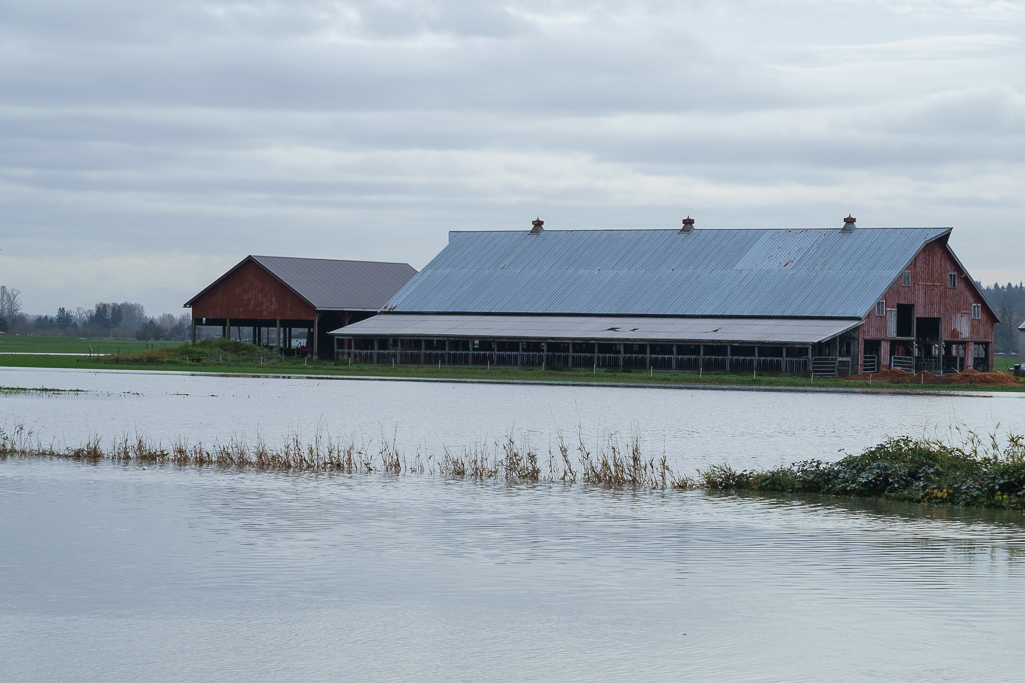Would you spend eight weeks living out of a van and camping every night somewhere new, with 20 strangers? This group of scholars is, and they represent the new face of conservation work.
Our Science March Participation Went Global
Maps are our DNA
Maps by Erica Simek Sloniker, GIS & Visual Communications
Written by Julie Morse, Regional Ecologist
Here at The Nature Conservancy, we love maps. So much so, that one of the best features of our new office is a big beautiful conference table made of reclaimed 100 year old fir timbers and recycled steel beams from the building. And welded into the steel beams table legs are perfect cubby holes, just for maps. While admittedly we don’t use big paper maps like we used to, they still seem to be infused in our culture and even made their way into the design of our new office.
Maps help us tell a story. They help us see the story. They guide us to the story. Maps help us interpret the story.
These new climate maps illustrate just how powerful maps can be in helping us tell a story about how climate change will impact Puget Sound. While we know climate change will affect all of us, these maps help us get smarter and sharper about where and when impacts will be the greatest. They help us plan accordingly and make smarter decisions.
Unfortunately, these maps don’t give us a crystal ball into the future. They can’t tell us exactly where abig flood in 10 years will be, and how deep the waters will get. They don’t tell us how many salmon will survive warmer waters and lower flows during a summer drought 30 years from now. But they do help inform our conversations with agencies, in for example, moving towards better regulations that addresssea level rise. They do catalyze conversations with local communities who are grappling with the magnitude of change in water availability or increasing flood risk.
These maps are our bread and butter. Conversation starters. And insights into stories of our future.
LEARN HOW WE'RE TACKLING CLIMATE CHANGE ISSUES IN WASHINGTON
Integrating Climate Into Floodplain Planning
Written by Robin Stanton, Media Relations Manager
Photographs by Chris Hilton, Grant Fundraising Director
Floodplain leaders from around the Puget Sound region gathered today for a workshop on advancing floodplain restoration, including a new focus on integrating climate change data.
“There’s a big gap between what we know and what we’re doing about it,” says Julie Morse, the Conservancy’s regional ecologist.
“It’s not unique to Puget Sound, we find it all over the country.”
At today’s workshop, floodplain leaders will begin to develop strategies for including climate impacts into the work they’re already doing.
The Conservancy has been working with the University of Washington Climate Impacts Group to take its recent Puget Sound Climate Synthesis Report and turn it into information that is really useful to city, county and state leaders grappling with these issues on the ground. Today’s workshop is a chance for floodplain leaders to work hands on with this information.
LEARN MORE ABOUT OUR FLOODPLAINS WORK
The triple whammy of climate change in Puget Sound
Written and Photographed by Julie Morse, Regional Ecologist
I pulled up to the city park in Arlington on Tuesday about lunchtime to check and see what the river was doing. Guess I wasn’t the only one with that idea, it felt like pulling into a drive thru theatre. There was a line of cars – all facing the river, owners staying inside the cars, just watching and texting photos of a raging river.
It makes sense I thought, this is Western Washington after all. This is flood season. This is what we do for entertainment; we go and watch the river.
Wednesday morning after the storm had passed and the rivers had peaked I again drove down to see what the river was doing in Stanwood. Only it didn’t feel like good ol’ fashion entertainment this time. Instead there was a flurry of activity with fire trucks and rescue vehicles, and one bright orange hovercraft launching right off highway 532, going straight across the valley to rescue people stranded in isolated farmhouses.
This is not the first time the Stilly valley has flooded. In fact, it’s not even the first time this week the Stilly flooded. The Stillaguamish had two “100 year floods” this week, making this at least the 5th 100 year flood in the last ten years1. I know - either I’m really bad at math, or naming a flood after a probabilistic return interval is a really horrible way to communicate flood risk.
Our partners at the UW Climate Impacts Group released a report this week called the State of Knowledge: Climate Impacts in Puget Sound. The report synthesizes 20 years of studies on climate change, boiling it down to key points for our region. One of the key findings of the report – flood risk is increasing in Puget Sound. Not just the frequency of flooding, but the floodwaters themselves are getting higher. Substantially higher, in some places.
In preparing for releasing the report this week, we’ve started calling it the ‘triple whammy’ of increasing flood risk. Basically there are 3 big drivers of climate change that are causing increased flood risk in Puget Sound. First, you’ve got sea level rise backing up the rivers. Second, we’ve got increasing heavy rain events. Locals in Arlington told me “this isn’t our typical Arlington drizzle” and they’re exactly right. Warmer ocean temperatures and warmer air results in more moisture in the storms. And third, with warmer temperatures – more of our precipitation falls as rain not snow. Rain immediately runoffs to the nearest river causing then rapidly rising river levels.
Just to be clear, this report tells us nothing about our weather today – if for example these floods on the Stilly this week were a result of climate change. For that, we need attribution studies – a hot new topic in climate science, but not the intent of this report. Instead this report is intended to provide future estimates, and the range of natural variability we can expect, so that we can plan accordingly.
As I drove around taking photos of the Stilly flood I was amazed by people that were still home, stranded in their homes just waiting for the flood to recede. I could see dogs on the back porch of one house, desperately waiting for a tiny patch of grass so they could go take care of business. I know this certainly isn’t the first flood these folks have gone through, I know they are rich with stories of past floods. And I know they are certainly hardy folks. But I worry the past gives us a false sense of security about the future.
I hope this report helps illustrate clear differences, and helps us understand how our river hydrology is completely changing. I hope it helps us make smart choices. I know it’s easy to get completely overwhelmed and feel hopeless in the face of climate change. But climate change is not hopeless, if you can see it coming.
1Based on a flood return interval calculated through 1998 and reported in Snohomish County’s 2004 flood hazard plan.Wednesdays peak flow was the 5th highest ever recorded at the Arlington gage, and technically a 500 year flood event.








